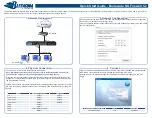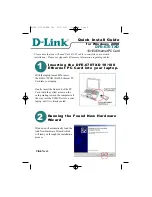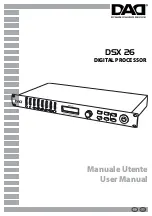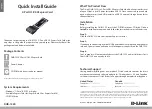
8. DVCC - Distributed Voltage and Current Control
8.1. Introduction and features
Enabling DVCC changes a GX device from a passive monitor into an active controller. The available features and effects of
enabling DVCC depend on the type of battery used. The effect also depends on the installed Victron components and their
configuration.
Example 1 - Managed CAN-bus batteries
For example, in systems with an Managed CAN-bus BMS battery connected, the GX
receives a Charge Voltage Limit (CVL), Charge Current Limit (CCL), Discharge Current Limit (DCL) from that battery and relays
that to the connected inverter/chargers and solar chargers. These then disable their internal charge algorithms and simply do
what they're told by the battery. There is no need to set-up charge voltages or choose the charge algorithm type.
Example 2 - Lead batteries
For systems with lead batteries, DVCC offers features such as a configurable system wide charge
current limit, where the GX device actively limits the inverter/charger in case the solar chargers are already charging at full power.
As well as shared temperature sense (STS) and shared current sense (SCS).
This table shows the recommend settings for different battery types:
Carefully study the following chapters to fully understand DVCC for a particular system.
To enable or disable DVCC, see Settings → DVCC in the menus:
Color Control GX Manual
Page 37
DVCC - Distributed Voltage and Current
Control
















































